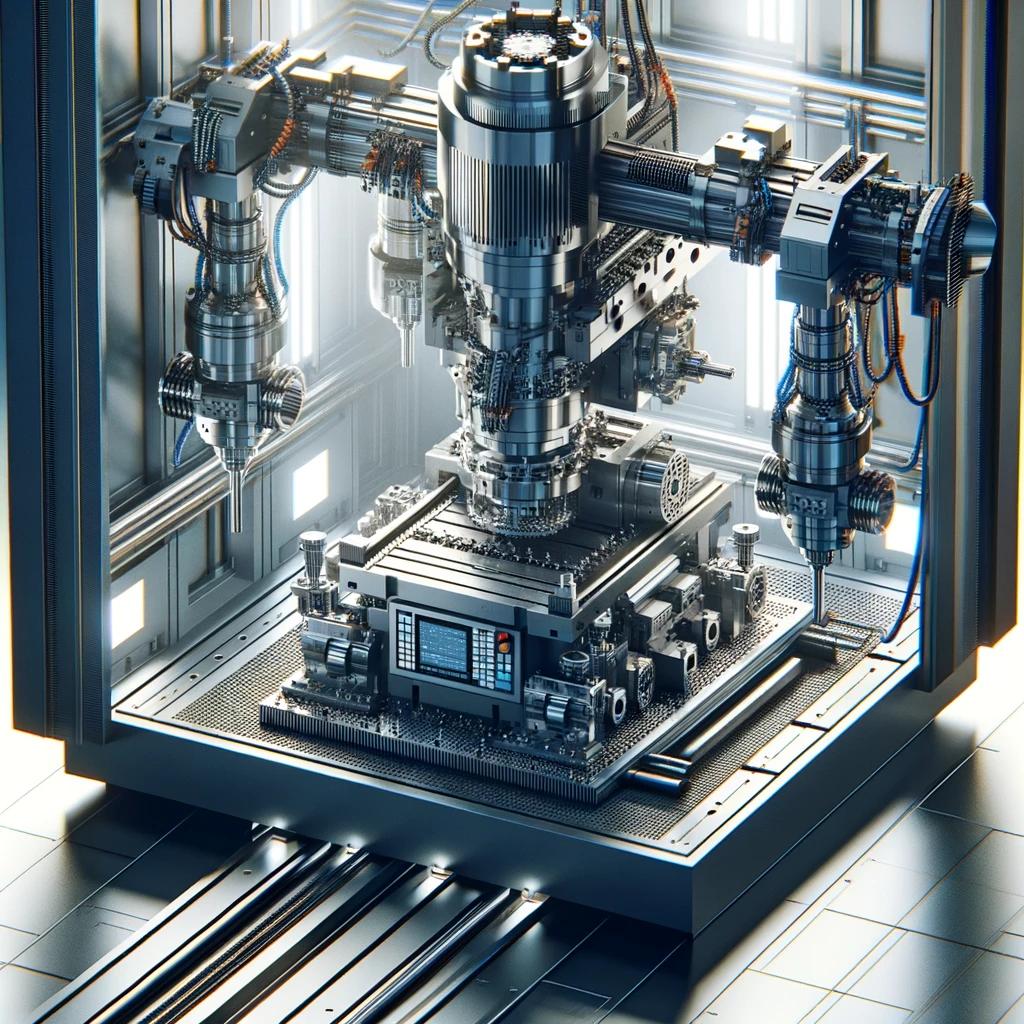
Not only would this be incredibly uncomfortable, but it could also lead to damage to other equipment, the building structure, and even pose safety risks to workers. That's where vibration isolation comes in. It reduces vibration transfer, protects sensitive equipment, and improves the work environment, making it more comfortable and safer for you and your coworkers.
Are There Any Specific Maintenance Requirements for Vibration Isolation Products? Maintain your vibration isolation products are properly maintained to maximize their effectiveness.
When it comes to selecting the appropriate anti-vibration pad, it's crucial to consider factors such as the type and weight of your machinery, the magnitude of vibrations, and the envi-ronmental conditions in your facility.
12. Customization Options: With a wide range of hardness levels available, rubber allows for tailored vibration isolation solutions to meet specific needs.
Pulsed or alternative operating machines, like injection molding machines, are prone to mis-alignment issues caused by vibrations, affecting their precision. Chillers with compressor misalignment can experience reduced efficiency, impacting overall performance.
Enter anti-vibration pads. These little heroes were installed beneath the massive machines, immediately reducing the amount of vibration transferred to the building's structure. Not only did this drastically cut down on structural damage, but it also extended the lifespan of the machines by reducing the physical stress they endured.

2. Neoprene Mounts: Known for their excellent resilience and durability, neoprene mounts offer great isolation properties against vibrations and shocks.
Moreover, the resilience of rubber allows it to absorb and dissipate energy from vibrations, preventing the transmission of harmful forces to nearby equipment. Rubber's capacity to endure repeated deformation without permanent damage is a key factor in its effectiveness for anti-vibration purposes.
If you're in the area, why not pay a visit to their office? They'd be delighted to welcome you and discuss your needs in person. They're conveniently located in the Armagh Business Cen-tre, making them easily accessible.
Whether natural or synthetic, rubber offers versatility and performance in various environ-ments. With its ability to be manufactured in different hardness levels and cost-effectiveness, rubber emerges as a practical choice for vibration isolation solutions.
4. Durability: These products are built to last, ensuring you get long-term protection from harmful vibrations. They're often resistant to environmental factors such as moisture, heat, and chemicals, which further enhances their lifespan.
Additionally, rubber's load sensitivity, which refers to how it responds to different weights and pressures, plays a significant role in its vibration isolation capabilities. Different rubber compounds may exhibit varying levels of sensitivity to loads, emphasizing the importance of selecting the right material for specific applications.


Primarily, these mats protect your machinery and infrastructure from the damaging effects of vibrations. By absorbing the vibrations produced by machinery, they prevent structural harm, extending the lifespan of your equipment. This reduces the frequent need for mainte-nance or replacement, saving you significant resources in the long run.
Vibration isolation isn't just a luxury, it's a necessity. It keeps your machinery running smoothly, shields delicate equipment, and makes your workspace a better place. From spring mounts to air springs, there's a solution for every vibration issue. Don't let the hum of productivity turn into a buzz of problems. Take steps to incorporate vibration isolation to-day and make the most out of your machinery and workspace.
Moreover, the use of vibration isolation techniques can lead to better-performing machin-ery. By minimizing vibrations, your equipment can operate more smoothly, potentially im-proving precision and efficiency. Over time, this can translate into higher productivity and better-quality output.
1. Elasticity: Rubber's elasticity plays an important role in controlling vibration frequency. Its ability to deform and return to its original shape allows it to effectively modulate the fre-quency of vibrations, contributing to a smoother operation.
Always follow the manufacturer's instructions, as improper maintenance can lead to equip-ment failure. However, specifics can vary widely depending on the type of equipment you're referring to.
Let's explore the details:

Understanding anti-vibration mounts is crucial to enhancing the performance and longevity of your machinery. These mounts are constructed from materials like SBR and EPDM rubber, providing a soft and elastic buffer that guarantees excellent vibration insulation.
They're designed to withstand heavy machinery and maintain their vibration insulation properties throughout their lifespan. So, you're investing in a long-lasting solution for vibra-tion control.
What Is the Average Lifespan of Vibration Isolation Equipment? The lifespan of such equipment can vary greatly. It's dependent on several factors like the type of isolation equipment, the amount of usage, and the conditions it's exposed to.